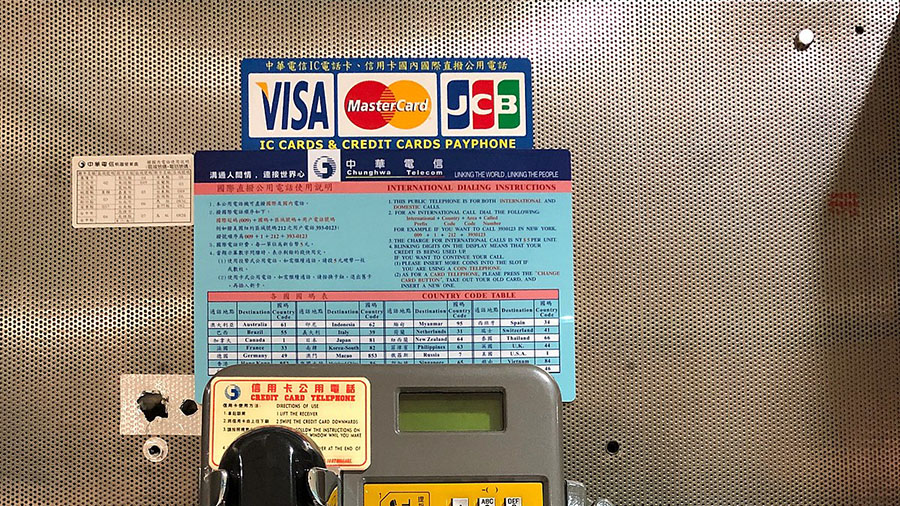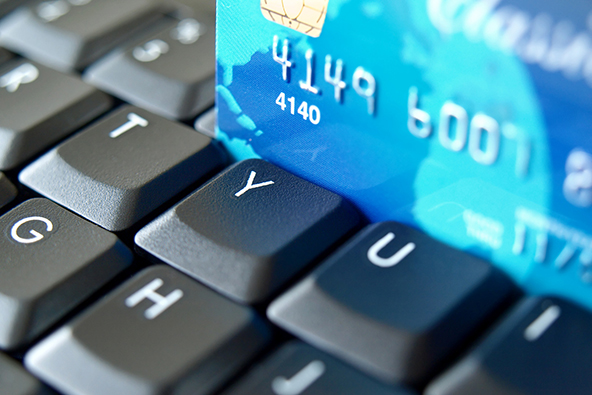Guidelines for Authorizing Credit Card Transactions at Restaurants

Merchants operating restaurants, as well as other businesses where customers are expected to leave a tip, in addition to paying the amount of the bill, need to understand and implement authorization practices that are slightly different from these for transactions where tip is not generally expected.
Firstly, as all of us who live in the U.S. know well, the amount of the tip is not regulated nor is it regulated the form in which it should be paid — in cash or added to the total credit card bill. This is all left to the customer to decide. The merchant is not allowed to estimate the tip and add it to the bill. An automatically added tip can result in a customer dispute and a chargeback. Rather, the merchant must obtain an authorization approval from the card issuer for the full transaction amount of the sum of the bill amount and the tip, as decided by the customer.
It is important that merchants understand when an additional authorization is required. The following procedures apply specifically to transactions in which the cardholder adds a tip:
- The transaction amount is below the merchant’s floor limit, and the cardholder adds a tip in an amount less than or equal to 20 percent of the transaction amount. In this case the merchant is not required to obtain an authorization for the amount above the amount of the bill, even though the total transaction amount may exceed the merchant’s floor limit.
- The merchant has obtained an authorization for a transaction, and the cardholder adds a tip in an amount greater than 20 percent of the transaction amount. In this case the merchant must obtain an authorization for the additional amount. The card issuer is responsible for the full amount of the transaction.
- The cardholder adds a tip in an amount greater than 20 percent of the transaction amount and causes the transaction amount to exceed the merchant’s floor limit. In this case the merchant must obtain an authorization for the total amount of the transaction.
Zero-percent tip transactions. Following this rule is particularly important for restaurants and it means that card transactions should only be authorized for the known amount of the bill. Consumers today can, and do, check their credit card activity online in almost real time. If they see an amount that they do not recognize, cardholders are likely to ask questions and contact their card issuer, which can easily lead to disputes and chargebacks.
For example, if a restaurant bill is $50, but the staff adds a 20 percent tip ($10) and authorizes an amount of $60, that would create a discrepancy if the cardholder actually adds a $7 tip, or chooses to leave cash for the tip. In this case the customer would be overcharged and you might receive an angry phone call, or a chargeback, or both.
To ensure zero-tip authorization for all transactions, restaurant owners and managers should do the following:
- Train your staff to authorize only for the actual amount of the bill. Your personnel should understand the importance of not authorizing amounts that are higher than the bill amount and follow the procedure without exceptions.
- Set up your authorization system for zero-percent authorization. If you do not know how to do that, contact your point-of-sale (POS) terminal provider and ask for assistance.
Visa and MasterCard provide chargeback protection for restaurants. Their authorizations are automatically valid for the transaction amount plus 20 percent to protect merchants from chargeback liability for an incorrect or disputed transaction amount.
Image credit: Unitedinuniform.com.


